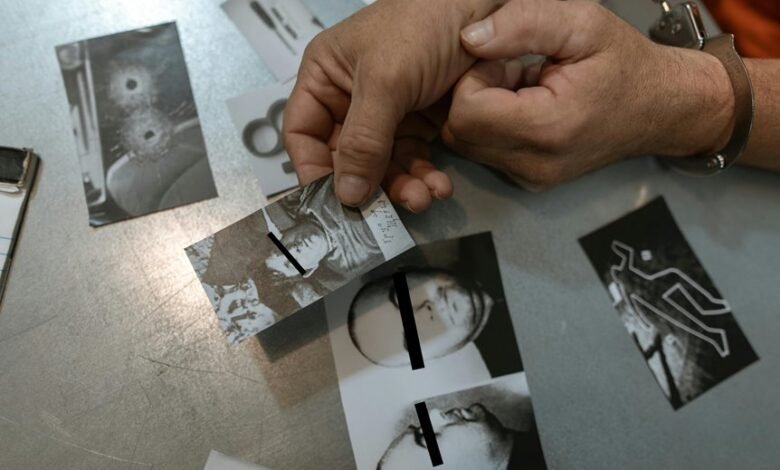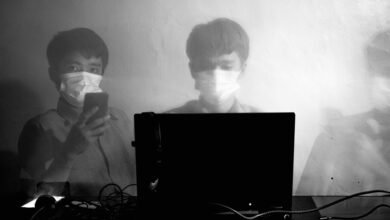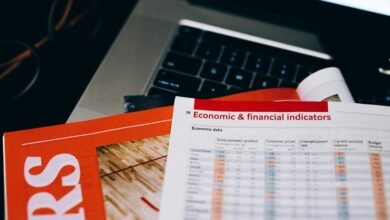Photoscompangante: Como as Imagens Afetam o Processo Judicial

Visual evidence plays a pivotal role in the judicial process. It can shape jurors' perceptions and influence their decisions. Emotional responses triggered by images may enhance memory and clarify complex narratives. However, ethical dilemmas arise when visuals are selectively presented. This raises questions about the integrity of the judicial system. Understanding these dynamics is essential for assessing the impact of imagery on justice. What implications does this have for the fairness of trials?
The Psychological Impact of Visual Evidence in the Courtroom
The compelling nature of visual evidence in the courtroom significantly shapes jurors' perceptions and decision-making processes.
Visuals engage emotional persuasion, often eliciting strong responses that can overshadow rational analysis. Furthermore, they enhance memory recall, allowing jurors to retain critical details more effectively.
This psychological impact underscores the importance of visuals, as they can decisively influence the outcomes of legal proceedings and the pursuit of justice.
The Role of Courtroom Illustrations and Media Representation
Courtroom illustrations and media representation serve as powerful tools that complement the visual evidence presented in legal proceedings.
They enhance courtroom dynamics by providing visual storytelling that captures the essence of complex legal narratives. These elements can shape public perception and influence jurors' understanding, ultimately affecting the outcome of trials.
Their strategic use underscores the importance of imagery in conveying justice and truth.
The Ethical Considerations of Using Imagery in Legal Proceedings
While visuals can enhance understanding in legal proceedings, their use raises significant ethical considerations that must be carefully navigated.
Ethical dilemmas arise when imagery introduces visual bias, potentially influencing juror perception and decision-making. Moreover, the selective presentation of images can distort narratives, undermining justice.
Legal practitioners must remain vigilant to ensure that imagery supports truth rather than sways opinion, preserving the integrity of the judicial process.
Conclusion
In navigating the delicate interplay between imagery and justice, one must acknowledge that visual evidence serves as a double-edged sword. While it can illuminate the path to understanding, it may also cast shadows of bias and misinterpretation. Striking a harmonious balance between the persuasive power of photographs and the ethical imperatives of legal integrity is paramount. Ultimately, the pursuit of truth in the judicial process requires a thoughtful approach to how images are employed, ensuring that justice remains the guiding light.




